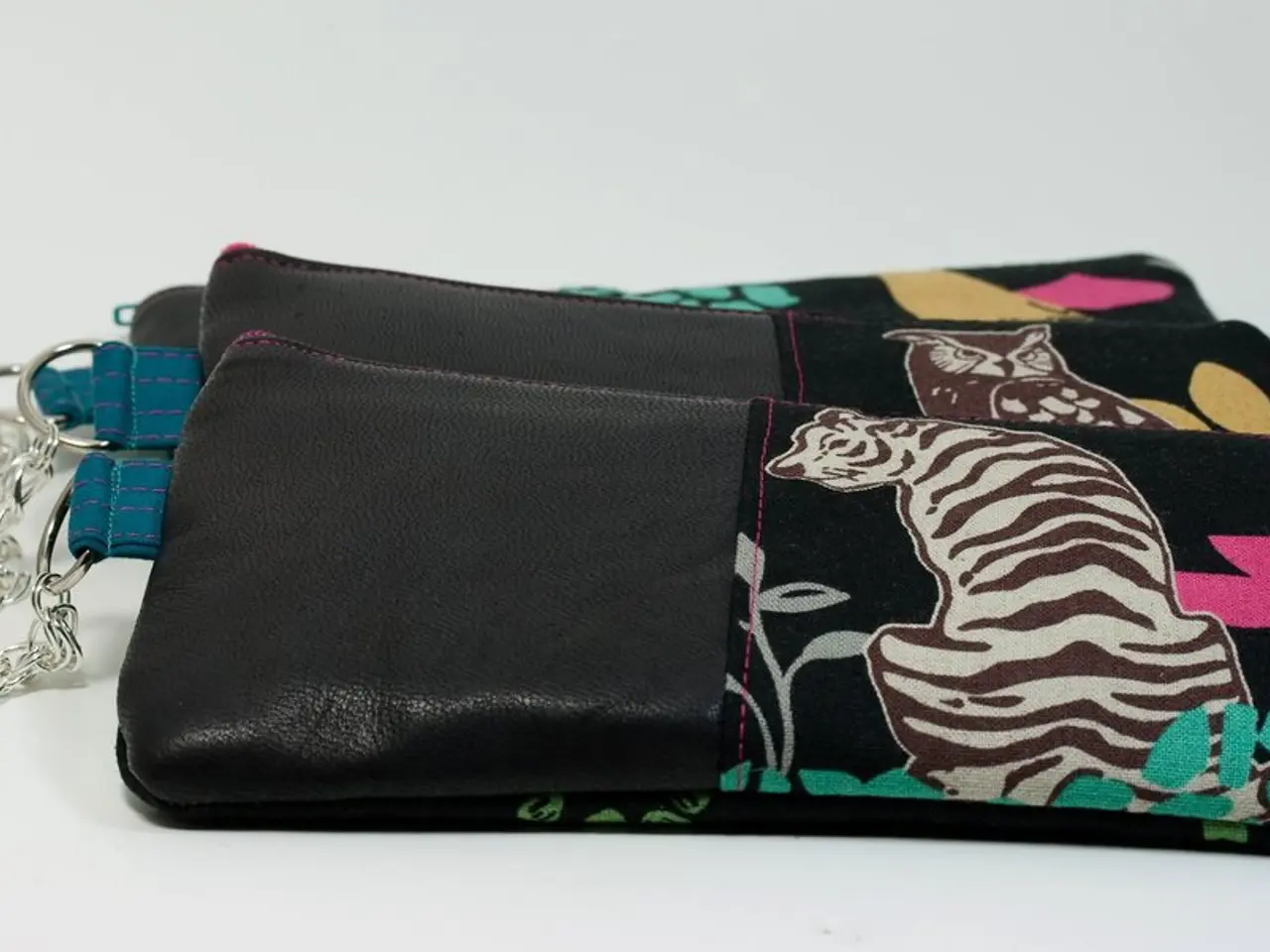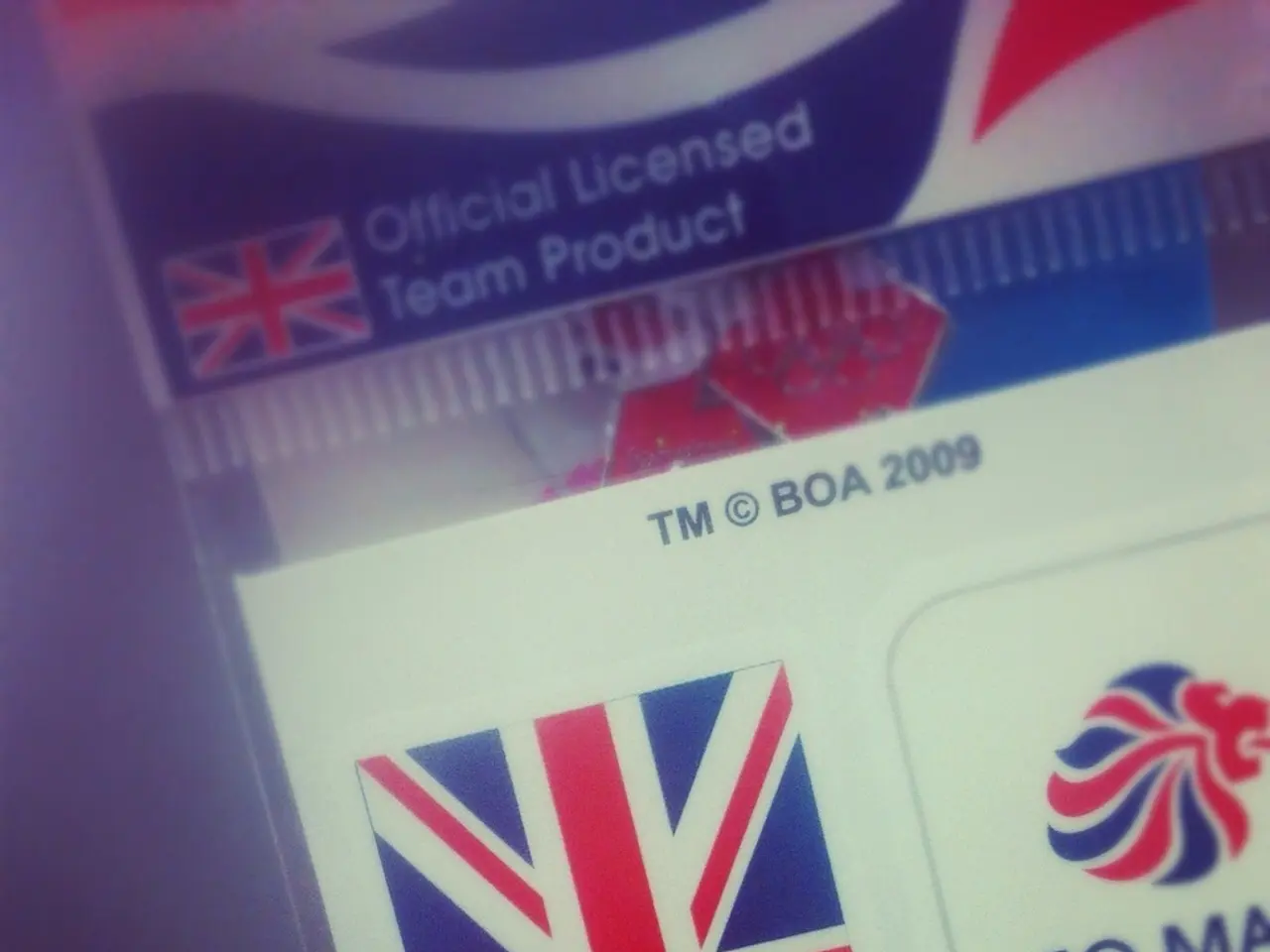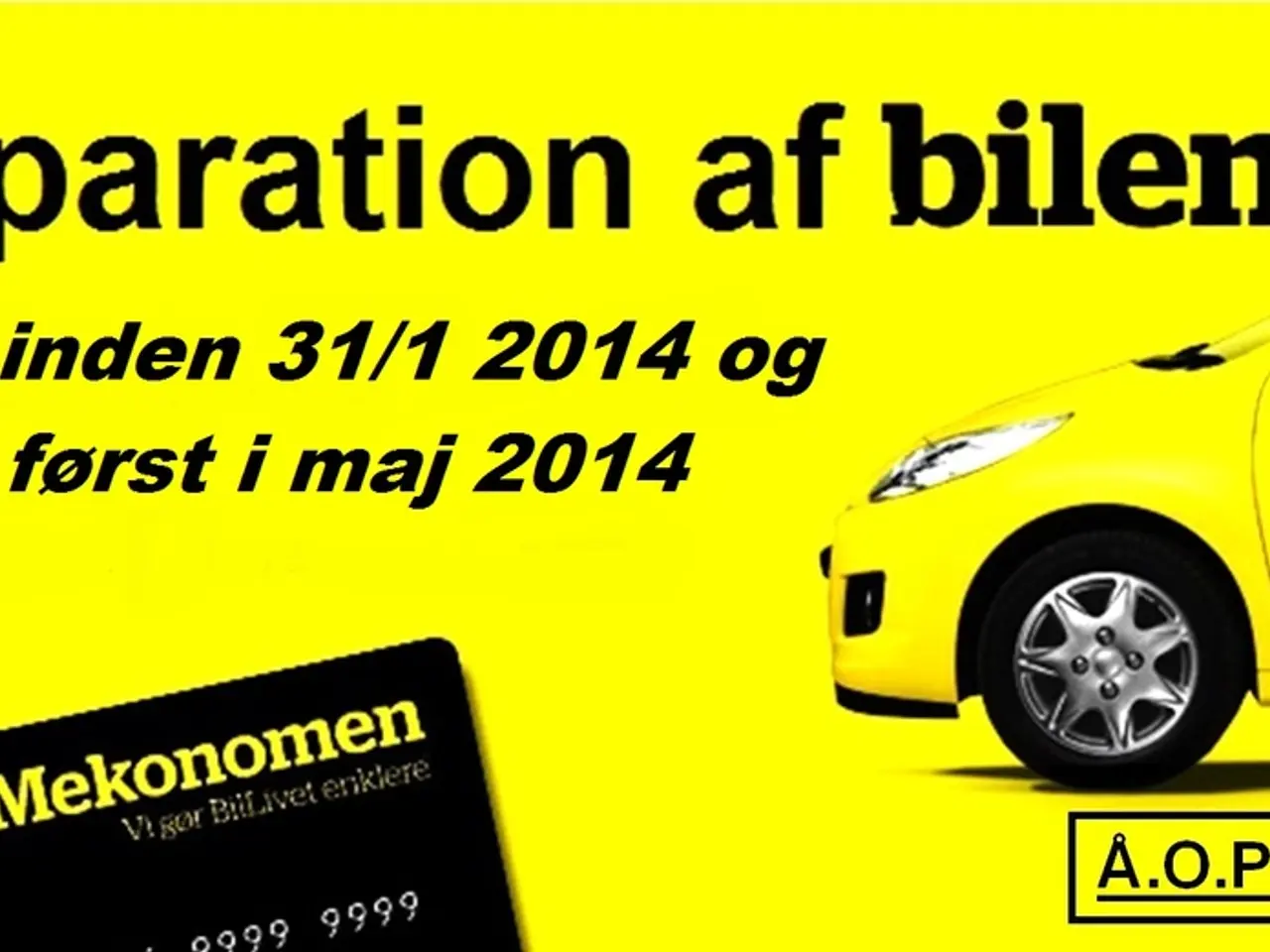Evaluating Binance's Web3 Wallet in 2025: Costs, Advantages, and Protection
The Binance Web3 Wallet is a groundbreaking self-custody crypto wallet, seamlessly integrated into the Binance mobile app. Unlike the standard Binance exchange wallet, users have complete control over their private keys and digital assets, offering a level of autonomy that sets it apart.
A Comprehensive DeFi Solution
The Binance Web3 Wallet aims to be a gateway to the entire Decentralized Finance (DeFi) ecosystem. It supports cross-chain token exchanges, enabling instant transfers between major blockchains such as BNB Chain, Arbitrum, Base, and more. The wallet automatically chooses the fastest and cheapest transfer routes, making it an ideal tool for DeFi interactions, staking, and early project access through features like Megadrops.
Key Features
- Simplified Transactions: To withdraw from the Binance Web3 Wallet, users must ensure they have enough tokens to cover network fees, pick the token, destination, and amount, and confirm the details before waiting for the blockchain to process the transaction.
- Advanced Security: The wallet uses Multi-Party Computation (MPC) for key management, splitting the private key into three parts. This ensures enhanced security and recovery options.
- Rewards and Airdrops: The wallet offers a modified Reward Center and Airdrop Zone for users to participate in Web3 projects' exclusive airdrops. Some airdrops use lucky draws, while others offer first-come, first-served spots.
- Multi-Chain Support: The wallet supports multiple blockchains, including BNB Chain, Ethereum, Arbitrum, Polygon, Optimism, Base, and more.
Usage and Security
Getting started with the Binance Web3 Wallet involves installing the Binance app, creating an account, verifying identity, setting a recovery password, and backing up the wallet securely. It's essential to remember that no seed phrase is required for this wallet. However, if no backup exists, a Quick Reset option can be used with Binance support's help, but previous assets are lost unless backed up.
The wallet is only accessible via the Binance mobile app. Users can send, receive, swap tokens, and access dApps all in one place. Network fees (gas fees) apply whenever a transaction is performed on a blockchain network and are not charged by Binance but by the blockchain network itself. Swap fees apply when exchanging one cryptocurrency for another within the Web3 Wallet.
Availability and Restrictions
The Binance Web3 Wallet is available in over 100 countries globally, with certain restrictions in countries like the United States, Cuba, Iran, North Korea, Syria, and the Crimea region.
Comparison with Binance Chain Wallet
The differences between the Binance Web3 Wallet and the Binance Chain Wallet mainly revolve around their integration, functionality, and blockchain compatibility. The Binance Web3 Wallet offers broader multi-chain compatibility and advanced DeFi features embedded within the Binance app, giving users more autonomy and versatility. The Binance Chain Wallet is more specialized, focusing on Binance's blockchain networks with simpler asset management features.
In summary, the Binance Web3 Wallet offers a comprehensive, decentralized, and user-controlled solution for interacting with various blockchains and DeFi services.
- The Binance Web3 Wallet serves as a gateway to the Decentralized Finance (DeFi) realm, facilitating cross-chain token exchanges between blockchains such as BNB Chain, Arbitrum, Base, and others.
- The wallet is designed for quick and straightforward transactions, requiring users to cover network fees, select the token, destination, and amount before confirming details.
- For enhanced security, the wallet employs Multi-Party Computation (MPC) for key management, splitting the private key into three parts.
- The wallet features a Reward Center and Airdrop Zone for users to partake in exclusive Web3 project airdrops.
- Multi-chain compatibility of the wallet includes support for BNB Chain, Ethereum, Arbitrum, Polygon, Optimism, Base, and several other blockchains.
- Assets within the Binance Web3 Wallet are secured by users who have complete control over their private keys, distinguishing it from the standard Binance exchange wallet.
- Arena for staking, participating in initial coin offerings (ICOs), and gaining access to early project launches, like Megadrops, is provided by the wallet.
- To start using the Binance Web3 Wallet, users need to install the Binance app, create an account, verify identity, set a recovery password, and securely back up the wallet.
- The wallet operates solely through the Binance mobile app, allowing users to send, receive, swap tokens, and access dApps in a unified platform.
- Network fees, or gas fees, are levied on every transaction executed on a blockchain network, while Binance doesn't charge but the blockchain network does.
- Swap fees are applied when exchanging one crypto for another within the Web3 Wallet.
- The Binance Web3 Wallet is accessible in over 100 countries, with certain limitations in countries like the United States, Cuba, Iran, North Korea, Syria, and the Crimea region.
- In contrast to the Binance Web3 Wallet, the Binance Chain Wallet is more focused on Binance's blockchain networks and provides simpler asset management features.
- The Binance Web3 Wallet offers a versatile and user-controlled platform for interacting with various blockchains and DeFi services. Additionally, it's a comprehensive solution for engaging in decentralized finance, trading, and various blockchain technologies like Bitcoin, Ethereum, and other cryptocurrencies, as well as decentralized applications (dApps) and finance (DeFi) services, and emerging technologies like Non-Fungible Tokens (NFTs), Defi, and Web3.




